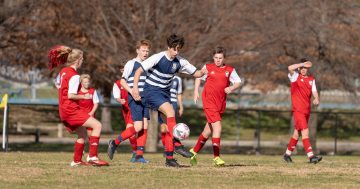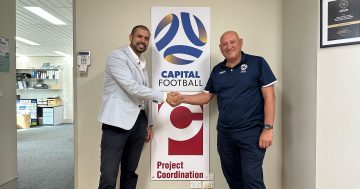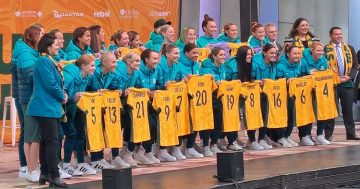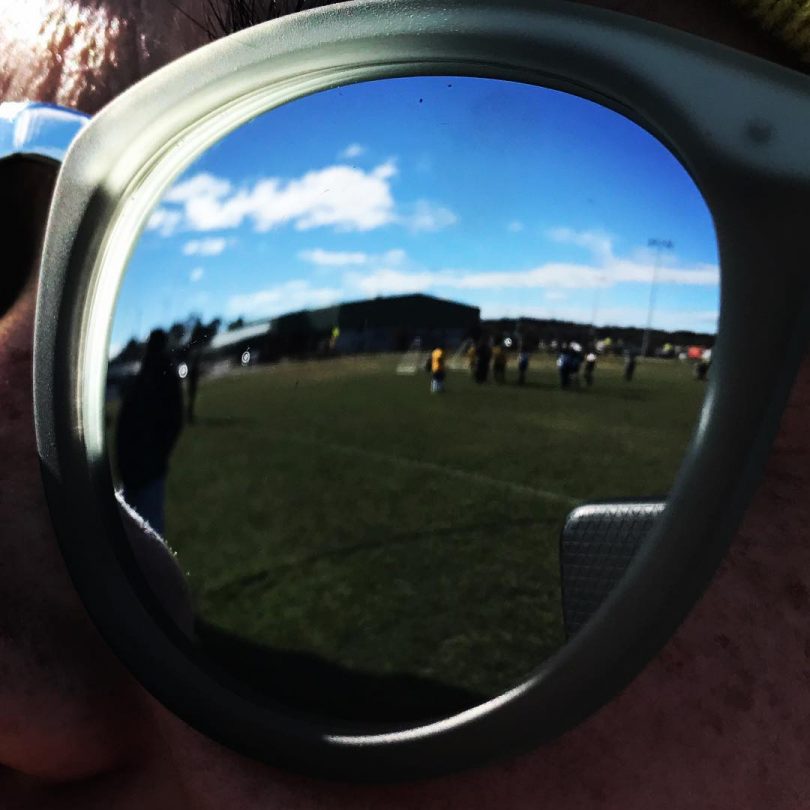
Great football spectating conditions at the Kanga Cup. Photo from Kanga Cup Official instagram page.
If you are a parent of soccer playing children you may know why there are groups of tracksuited children and young people all about town this week. If not, welcome to the world of Kanga Cup.
This incredible event is held in the Capital every July and is the largest international youth football tournament in the southern hemisphere. Involving participants from the ACT, NSW, Queensland, Victoria, New Zealand, South Korea and Thailand, it brings thousands to Canberra as whole families make the trek to watch the more than 5000 registered players in more than 300 teams playing in the competition.
Kanga Cup is a rite of passage for participants and parents alike. In the leadup to the event, hushed discussions are held in office kitchens across the city and stories are shared about people’s experiences – like the infamous year of 2016 where heavy rain wreaked havoc with the schedule or just how many years people have been cheering from the sidelines. If there is any pre-competition doubt on why families shift holiday plans, eat into their annual leave or put aside other school holiday activities however, it quickly melts when the teams stream onto the field and commence play in a serious international competition.
This is an event where our young people can experience the very best of competition sport, where our young people are exposed to teams from many different communities who are all coming together because they love to play sport. Very occasionally it is also a place where the less savoury elements of competition sport creep in. However, as the largest participant sporting code in the ACT, there is strong experience of how to deal with challenging behaviours in a way that is measured and appropriate.
While participating in this competition requires a level of commitment by players and parents, it is nothing close to the commitment of the army of volunteers that give up their time, contribute their talents and share their passion for the game of football. For a competition of this size, it is hard to imagine the number of volunteer coaches, managers, team officials, match volunteers, ground volunteers, and competition volunteers that goes into putting on a competition that involves over 700 games at venues across Canberra, involving children and young people aged between 8 and 18 years of age.
The hosting of an event such as this in the depths of a Canberra winter was no doubt questioned when it was first raised. However, 25 years later, the vision of this idea cannot be questioned. As I watch great games of football, and see interstate families enjoying Canberra activities in their spare time, my only thought is what other events like this can we bring to our city.
What are other sporting and cultural events that you think Canberra would be a perfect host for?
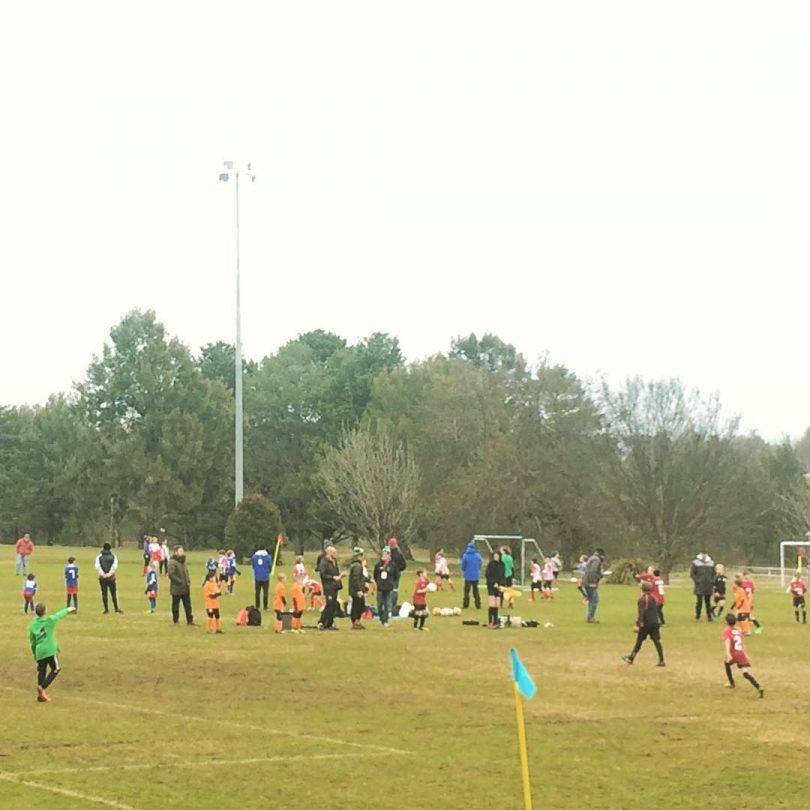
Kanga Cup game being held at the Giralang ground. Photo from Kanga Cup Official instagram page.












